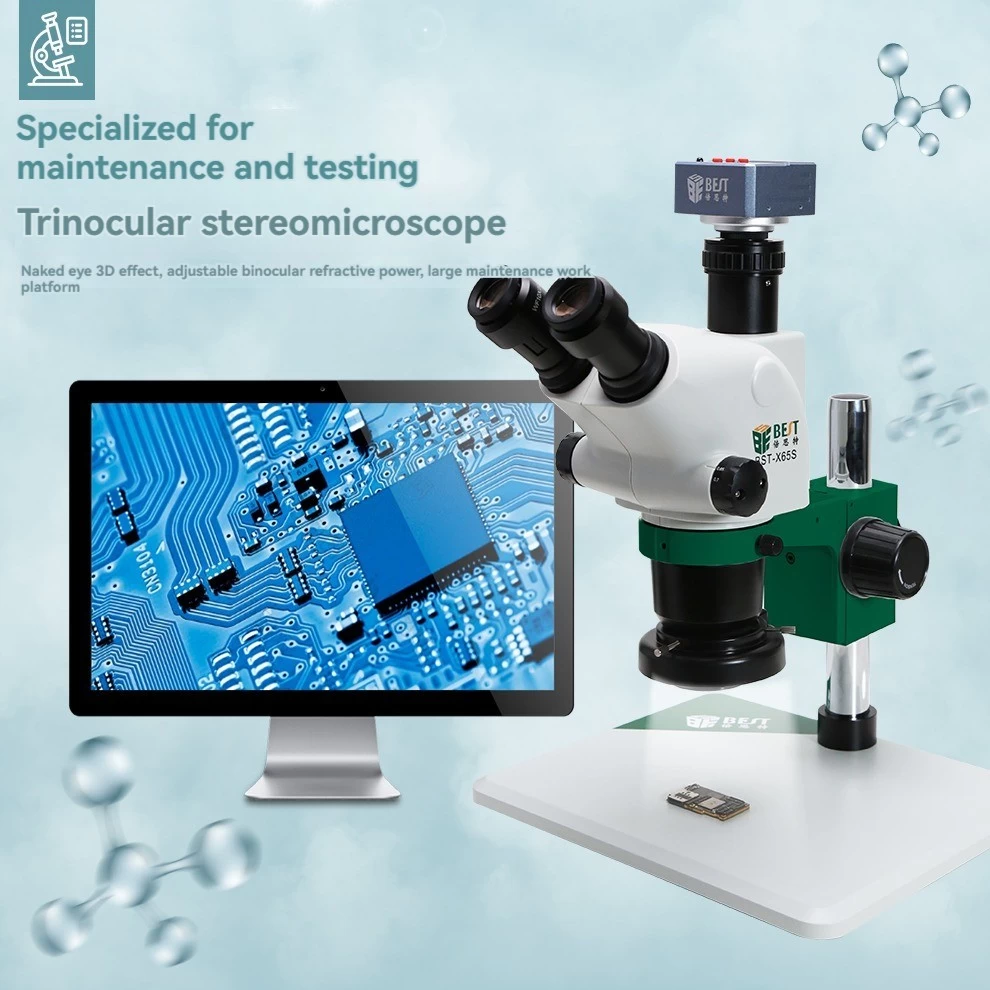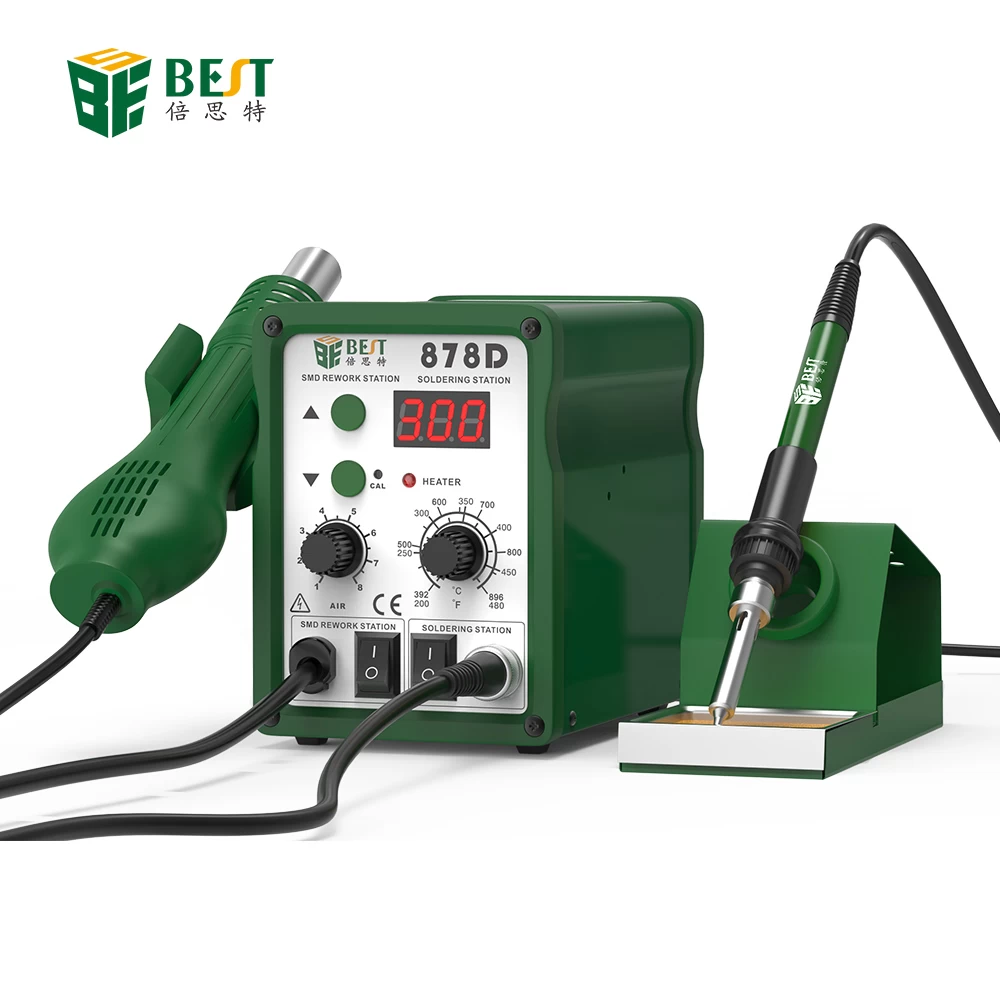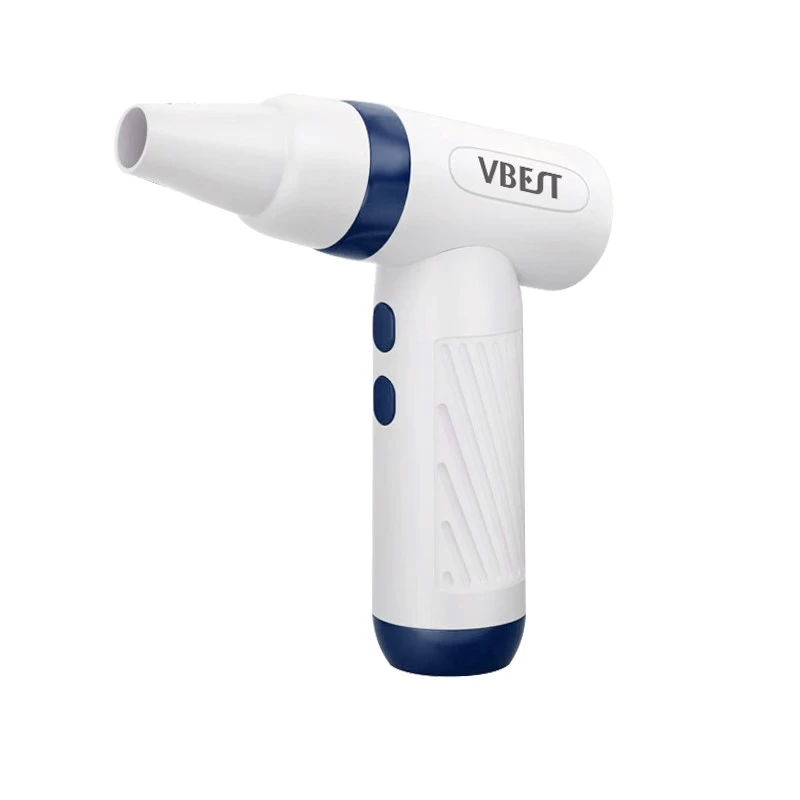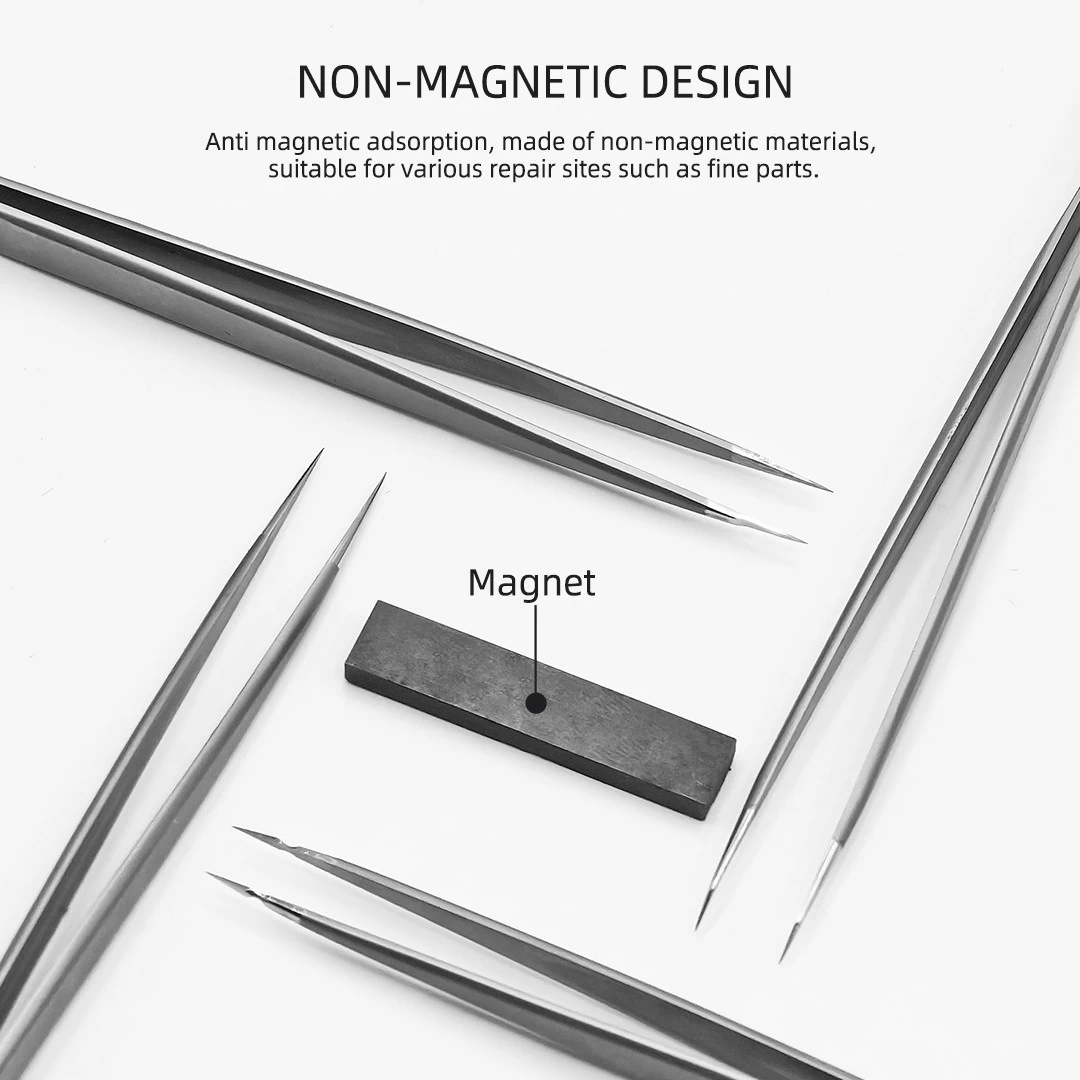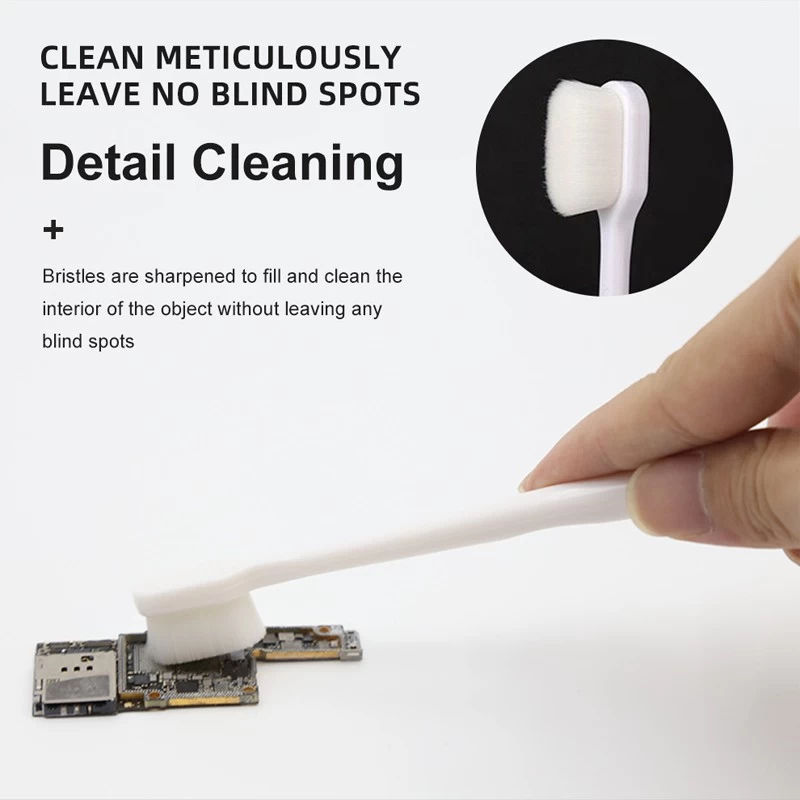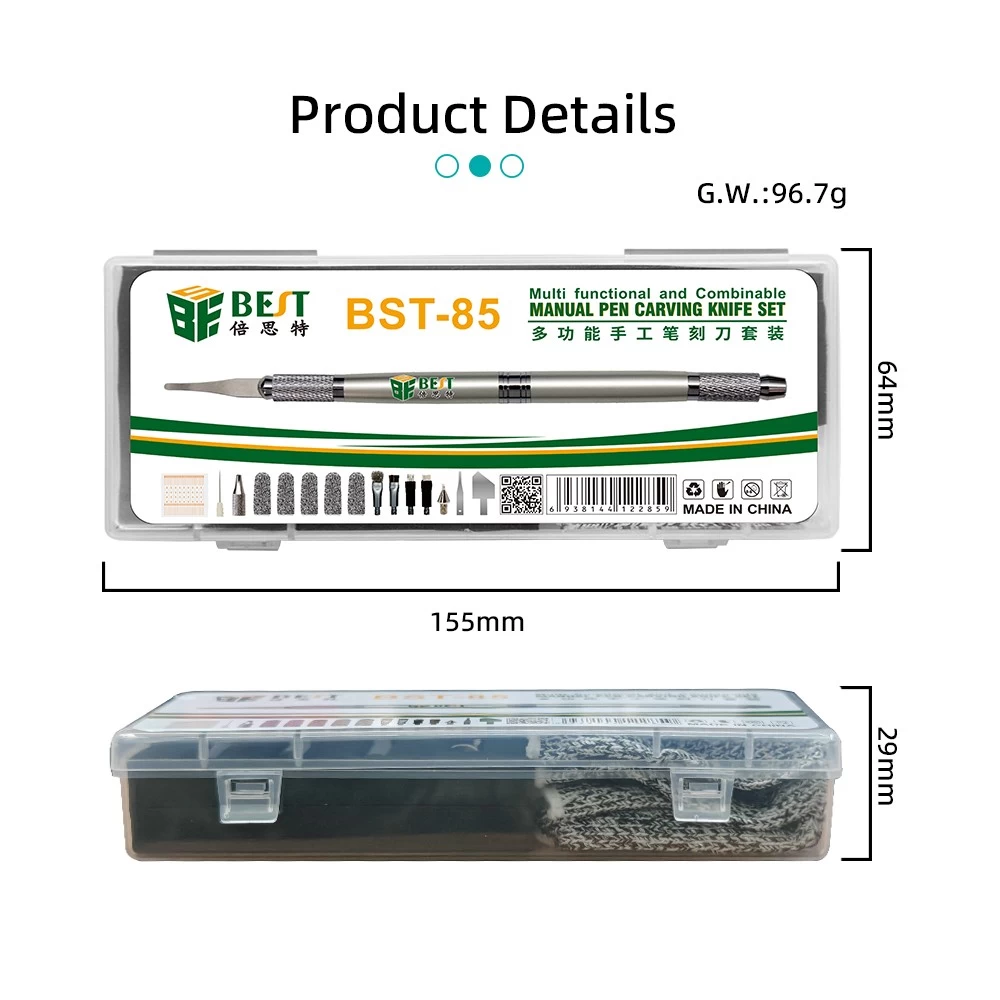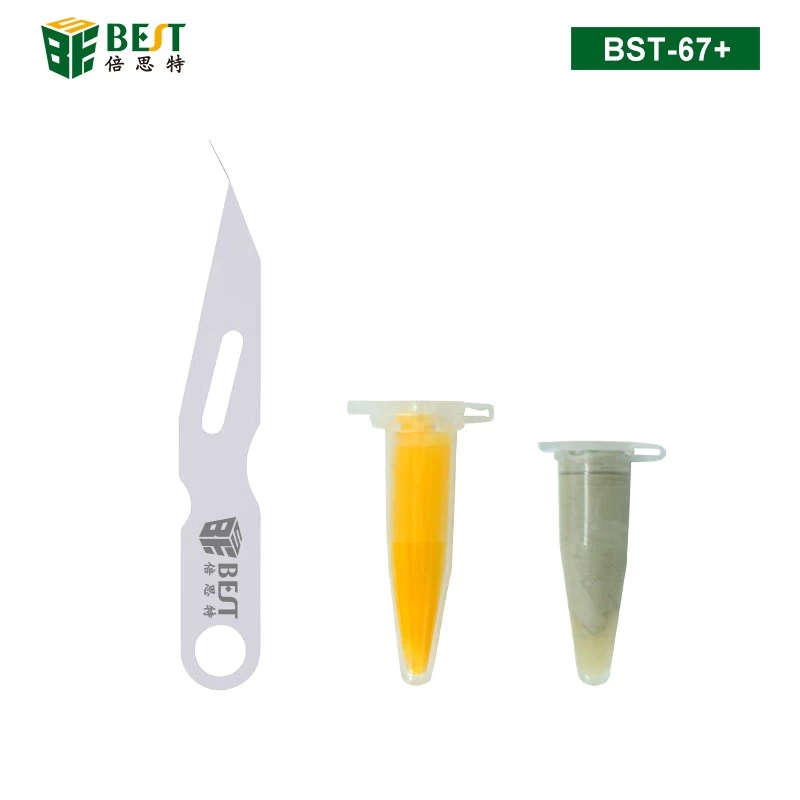Install a smoking device on the microscope to achieve smoke exhaust while welding!
GPT
2024-08-29 13:45:05
Installing a smoke exhaust device on a microscope to effectively remove smoke during welding operations is a great way to improve the working environment and visibility. Here’s a step-by-step guide to help you set this up effectively:
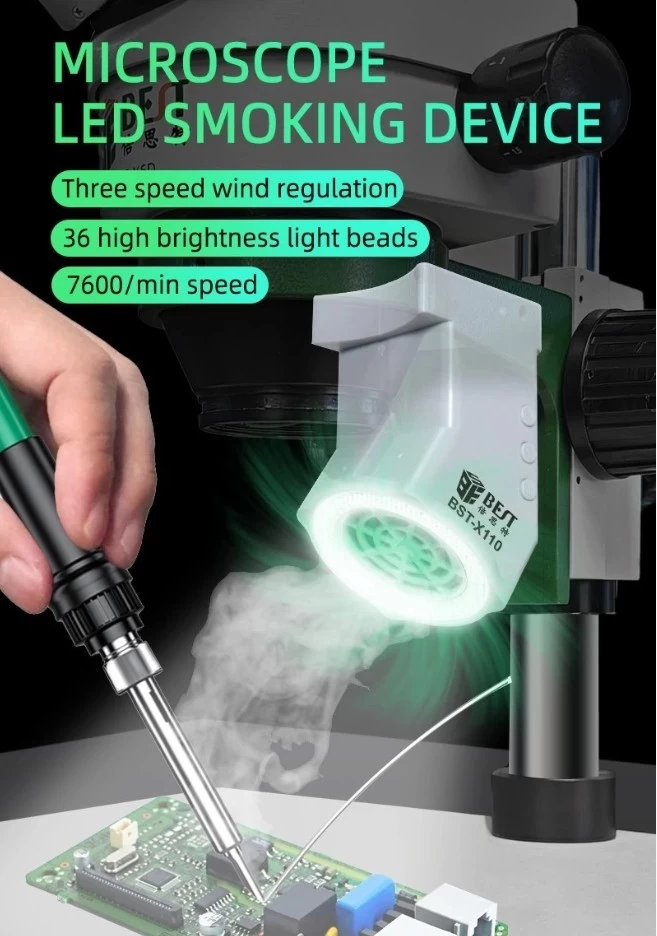
1. Choosing the Right Smoke Extraction Device
- Fume Extractor: Select a suitable fume extractor specifically designed for welding operations. Look for a portable unit with features like a flexible arm to position it directly over the welding area.
- Hood or Capture Arm: Some units come with hoods or capture arms that can be adjusted to various angles for optimal smoke capture.
2. Planning the Setup
- Positioning: Place the fume extractor close to the microscope and welding area. The extractor should be as close to the welding point as possible to efficiently collect fumes as they are released.
- Microscope Height Adjustment: Ensure that the microscope's height can be adjusted if necessary, to allow space for the smoke extraction device without obstructing the view.
3. Installation of the Smoke Extractor
- Mounting: Depending on your workspace, you may need to mount the extractor on a separate stand or use a clamp to secure it to the microscope stand or workbench.
- Flexible Arm: If using a flexible extraction arm, ensure it is securely attached and can be maneuvered easily to the desired position over the weld.
4. Ensuring Adequate Ventilation
- Ventilation: Ensure that the workspace is well-ventilated. If possible, connect the extractor to a duct system that channels fumes outdoors.
- Filtered Exhaust: If venting outside is not an option, make sure the fume extractor has an appropriate filter to capture harmful particulates before recirculating air.
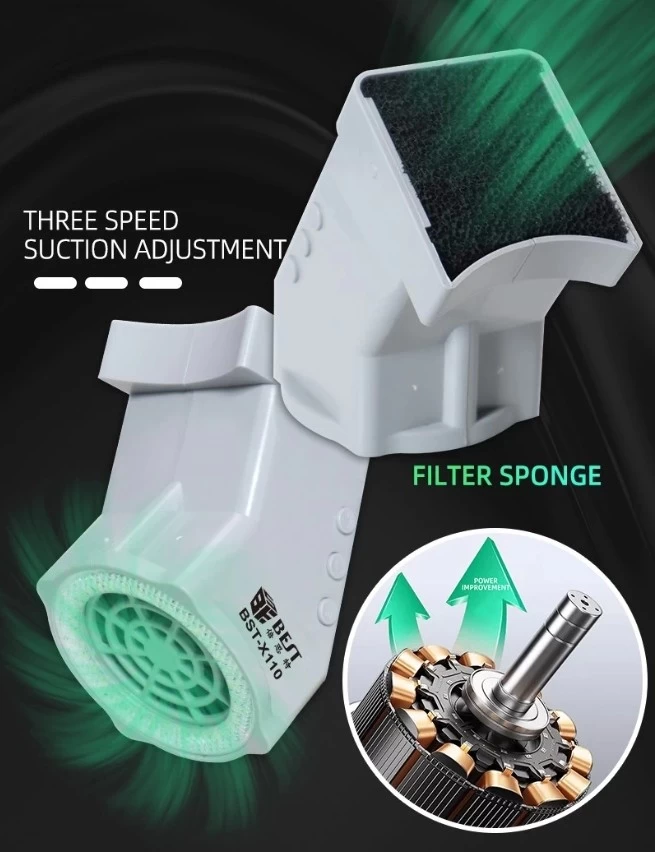
5. Welding Operations
- Welding Technique: Position the welding material directly beneath the attached smoke extractor. Use techniques that minimize smoke generation if possible.
- Monitor Extraction: Continuously monitor the performance of the extractor while welding. Adjust its position and suction power if you notice any accumulation of smoke.
6. Safety Considerations
- Personal Protective Equipment (PPE): Always wear appropriate PPE, including welding helmets, gloves, and respiratory protection if necessary, even with fume extraction in place.
- Regular Checks: Perform regular checks on both the microscope and the fume extractor to ensure everything is in good working order.
7. Maintenance
- Filter Changes: Regularly replace or clean filters in your fume extractor as per the manufacturer’s guidelines to maintain efficiency.
- Unit Inspection: Check for blockages or damage in the smoke extraction system to ensure proper function.
8. Testing and Optimization
- Initial Testing: Before using the setup extensively, conduct test welds to evaluate the effectiveness of the smoke extraction.
- Adjust Parameters: Adjust the extractor's suction power and position based on the initial tests to find the most effective setup for your welding operations.
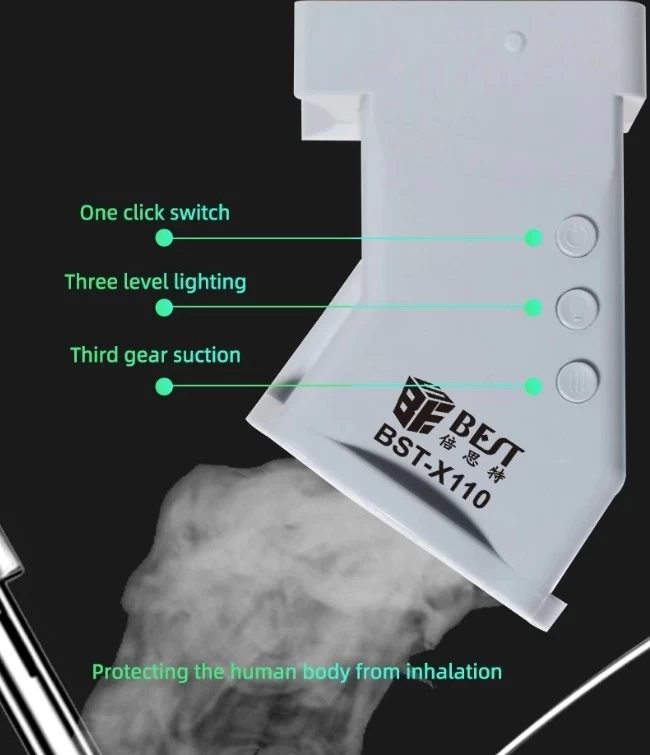
Summary
By following these steps, you can effectively implement a smoke exhaust system on your microscope to safeguard your work environment while welding. The combination of a good fume extractor, careful planning, and regular maintenance will ensure a safer and clearer workspace.



